As the weather transitions from summer to winter, your heating, ventilation, and air conditioning (HVAC) system is put under greater stress. The blower motor is one of the most important components of your HVAC system, and it's important to know how to test it to ensure that it's in good working condition.
There are a few different ways that you can test a blower motor with a multimeter. The first way is to check the continuity of the motor winding. To do this, you'll need to disconnect the power to the motor and then remove the wires from the terminal. Once you've done this, you can use your multimeter to test for continuity between the two terminals.
List the equipment and supplies you'll need for the test:
- A multimeter
- A test lead
- A blower motor
To test a blower motor with a multimeter, first set the multimeter to the "resistance" or "ohms" setting. Then, touch the probes of the multimeter to the terminals on the blower motor. If the resistance reading is infinite, that means there is an open circuit and the blower motor is defective. If the resistance reading is zero, that means there is a short circuit and the blower motor is also defective. Finally, if the resistance reading falls within a certain range (usually between 1 and 20 ohms), then that means the blower motor is functioning properly.
If you don't have a multimeter, you can also test a blower motor by simply connecting it to a power source (like a battery) and seeing if it turns on. If it doesn't turn on, then the blower motor is defective.
Testing a blower motor with a multimeter is a quick and easy way to check its condition. By doing this test, you can easily determine whether or not the blower motor needs to be replaced.
What exactly are blower motors?
A blower motor is a type of fan that is used to circulate air through a heating or cooling system. Blower motors come in a variety of sizes and speeds, and can be used for both Residential and Commercial applications.
The most common type of blower motor is the squirrel cage blower. This type of motor has a series of fins on the outside that help to move air through the system. Squirrel cage blowers are typically used in furnaces and air conditioners, and can be controlled by a variety of methods, including thermostats, speed controls, and timers.
Another type of blower motor is the inline blower. Inline blowers are mounted directly to the ductwork of a heating or cooling system, and are used to move air through the ducts. Inline blowers are typically more powerful than squirrel cage blowers, and can be used in larger systems.
Blower motors are an essential part of any heating or cooling system, and can be used in a variety of applications. If you need a new blower motor for your home or business, contact your local HVAC contractor to discuss your options.
Types of blower motors:
Single-speed:
The most common type of blower motor, these motors have only one speed and are typically used in lower-end furnaces.
Multi-speed:
A step up from the single-speed motor, multi-speed motors offer two or more speeds, which gives the furnace more control over heating your home. These motors are typically found in higher-end furnaces.
Variable speed:
The best type of blower motor on the market, variable speed motors offer an infinite number of speeds, which allows for very precise heating and cooling. Variable speed motors are extremely energy efficient and can save you money on your utility bills.
How to test a blower motor with multimeter?
- To begin, set your multimeter to the Ohms setting
- Next, disconnect the blower motor lead wires from the vehicle's electrical connector
- With the leads still disconnected, touch one lead of the multimeter to one of the blower motor's terminals
- Then, touch the other lead of the multimeter to the other blower motor terminal
- If the multimeter registers a reading within the normal range, this indicates that the blower motor is likely functioning properly
- However, if the multimeter registers a reading outside of the normal range, this may indicate that the blower motor is faulty and will need to be replaced.
Frequently Asked Questions:
How do you know if you have a bad blower motors?
There are several ways you can tell if your blower motor is going bad. One way to tell is by listening for strange noises coming from the motor. Another way to tell is by checking the voltage at the motor terminals. If you notice that the voltage is low, this could be an indication that the motor is going bad. Finally, you can check the amperage draw of the motor. If you notice that the amperage draw is high, this could also be an indication that the motor is going bad. By being aware of these signs, you can take action to fix the problem before it gets worse.
How many volts should a blower motor receive?
A blower motor should receive between 12 and 24 volts of power in order to operate properly. If the voltage is too low, the motor will not be able to start or run properly. Too much voltage can damage the motor. The best way to ensure that your blower motor receives the proper amount of voltage is to consult your owner's manual or a certified mechanic.
What makes a blower motor go bad?
There are a few key things that can cause a blower motor to go bad. One of the most common is simply age and wear and tear. Over time, the parts in the motor can break down or become damaged, which can lead to it not working properly. Additionally, dirt and debris can build up on the motor, causing it to work less efficiently and eventually fail.
Another common cause of blower motor failure is improper maintenance. If the motor isn't regularly cleaned and lubricated, it will eventually start to have problems. Additionally, if the wrong kind of oil or grease is used on the motor, it can damage the parts and cause it to fail.
Finally, if the motor isn't sized correctly for the application it's being used in, it can also fail prematurely. For example, if a blower motor is too small for the space it's trying to heat or cool, it will have to work harder and will eventually burn out.
If you think your blower motor may be going bad, it's important to have it checked out by a professional as soon as possible. Depending on the problem, it may be able to be repaired or replaced. However, if the damage is severe, it may need to be replaced entirely.
Conclusion:
In conclusion, testing a blower motor with a multimeter is a relatively simple process. First, identify which wires are the power and ground connections. Next, use the multimeter to test for continuity between these two points. Finally, use the multimeter to test for resistance across the blower motor's winding. If the resistance is within the expected range, then the blower motor is likely functioning properly.

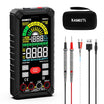
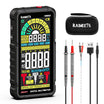
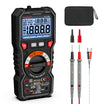
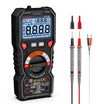
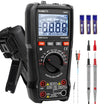
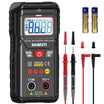
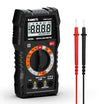
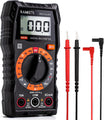
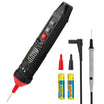
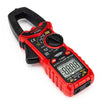
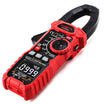
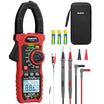
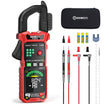

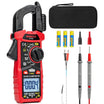

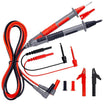
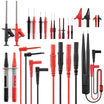
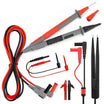
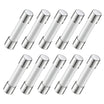
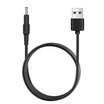
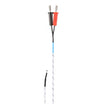

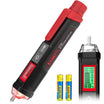
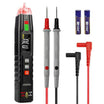
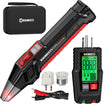
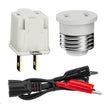
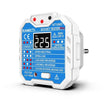
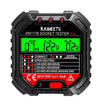
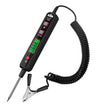
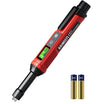
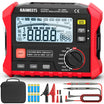
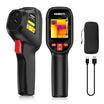
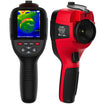
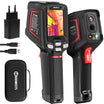
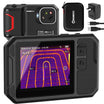

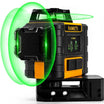
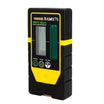


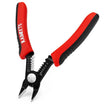
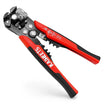

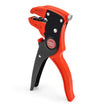
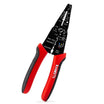
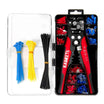

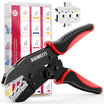

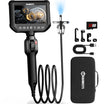
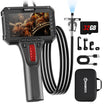
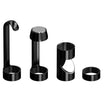
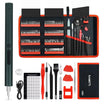

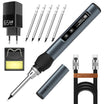
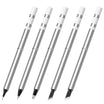
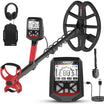

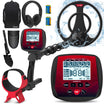

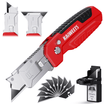
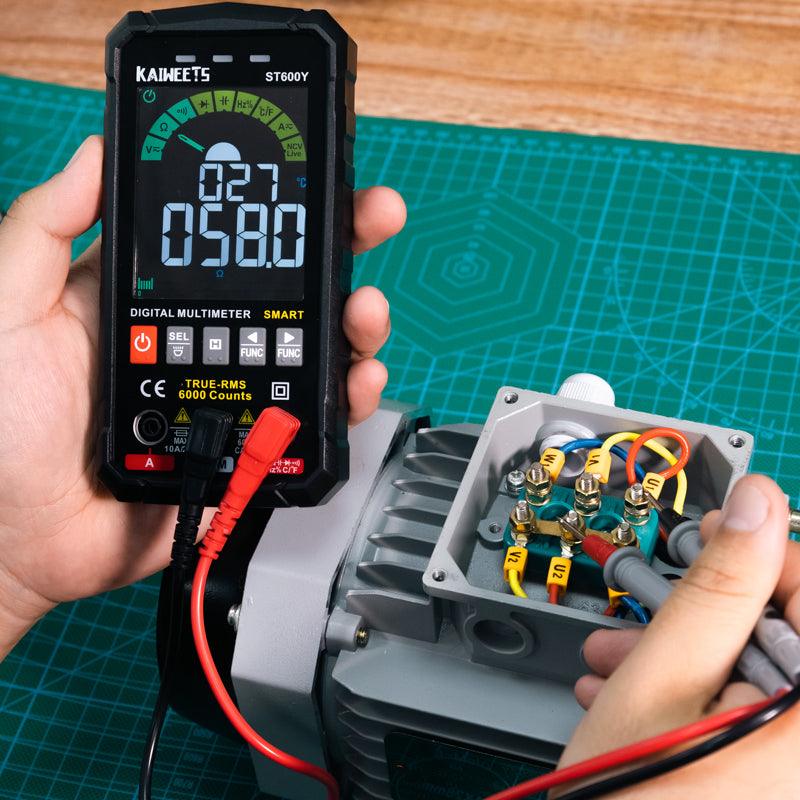
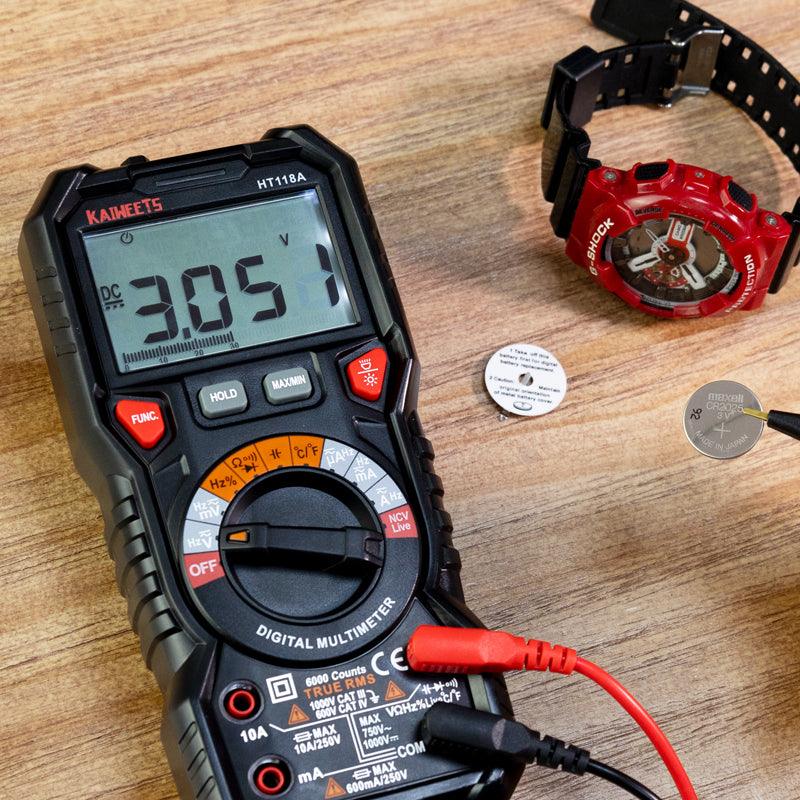
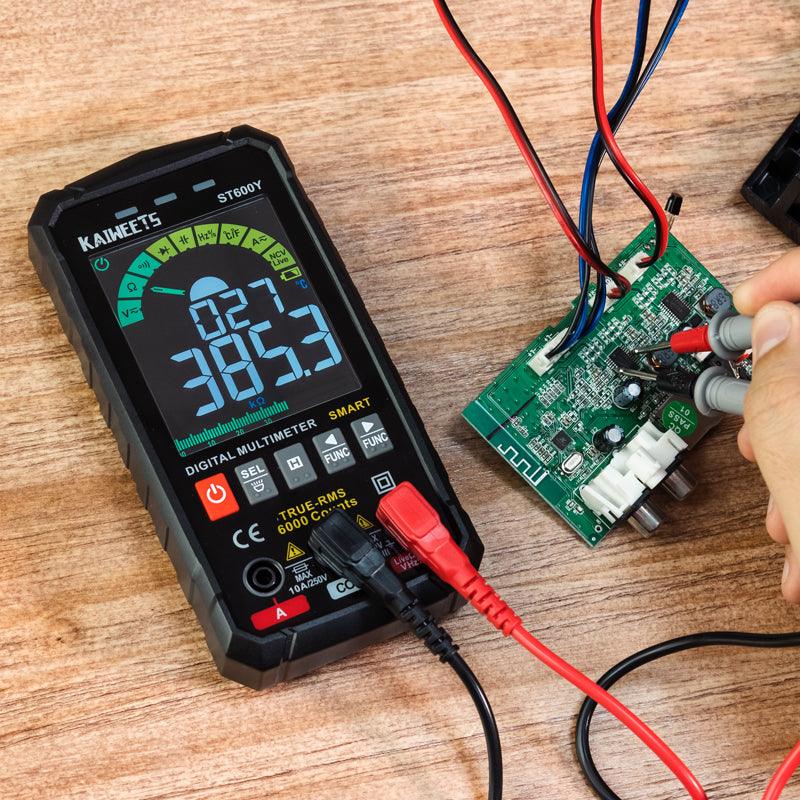
Leave a comment
All comments are moderated before being published.
This site is protected by hCaptcha and the hCaptcha Privacy Policy and Terms of Service apply.